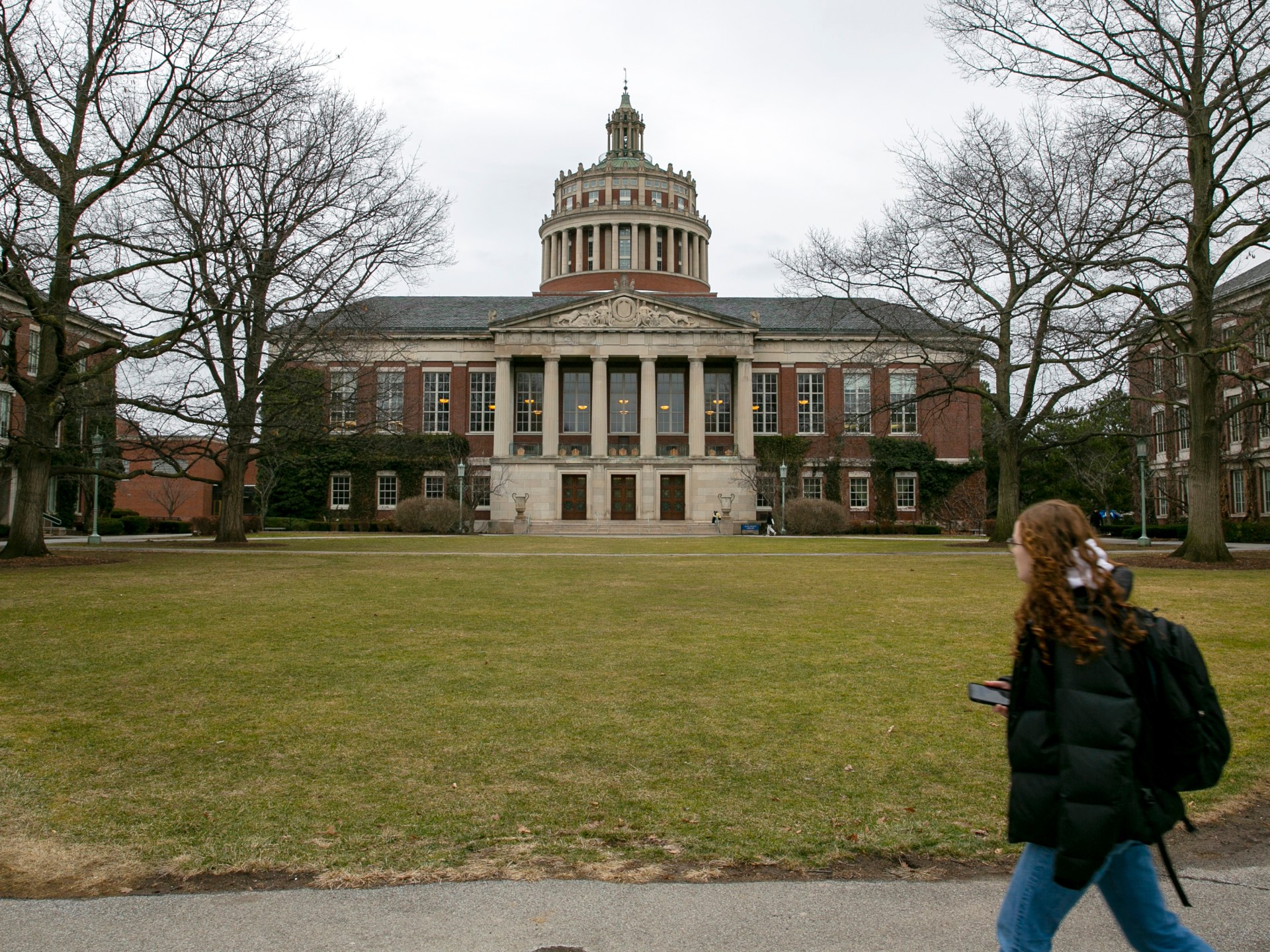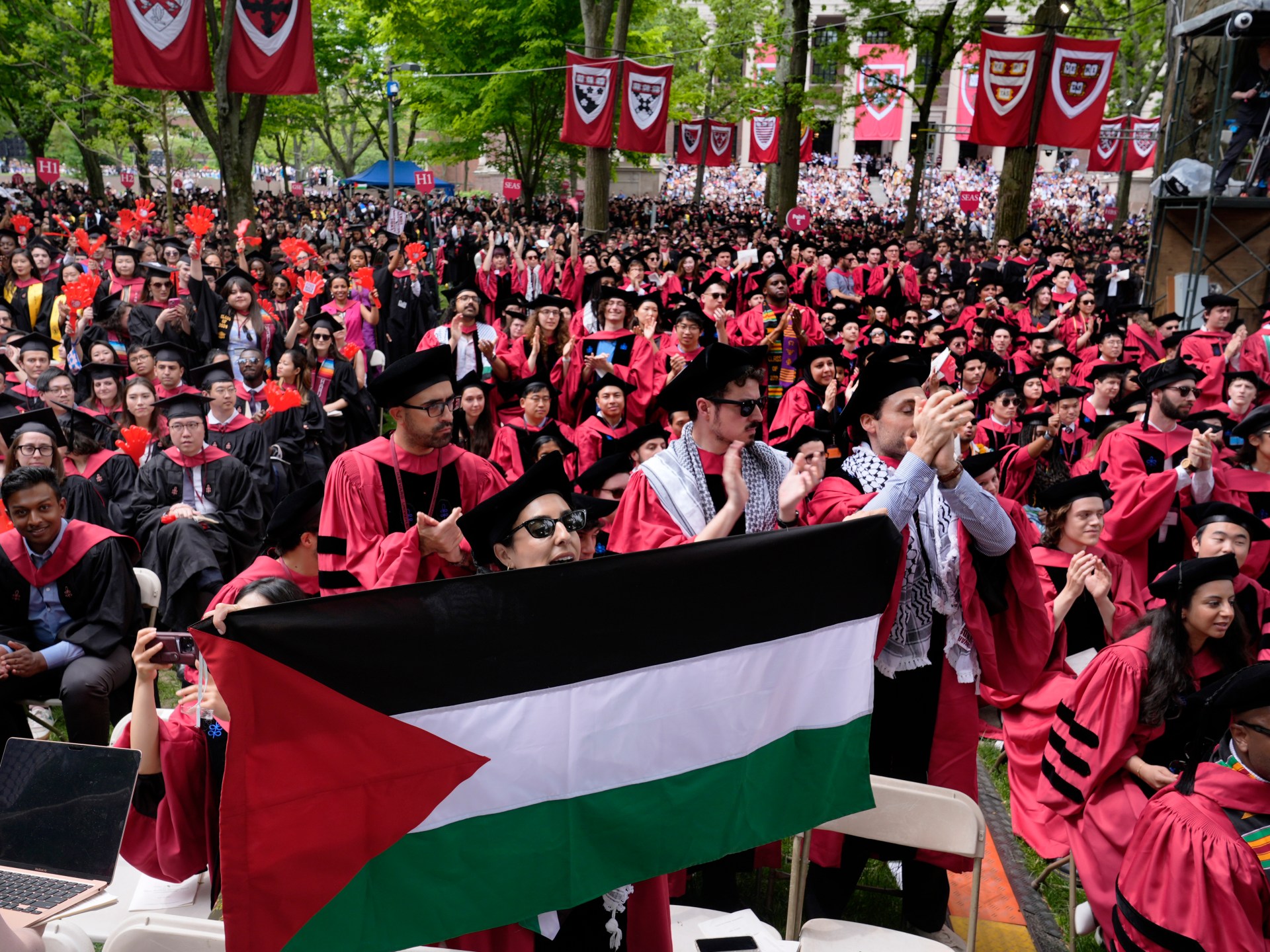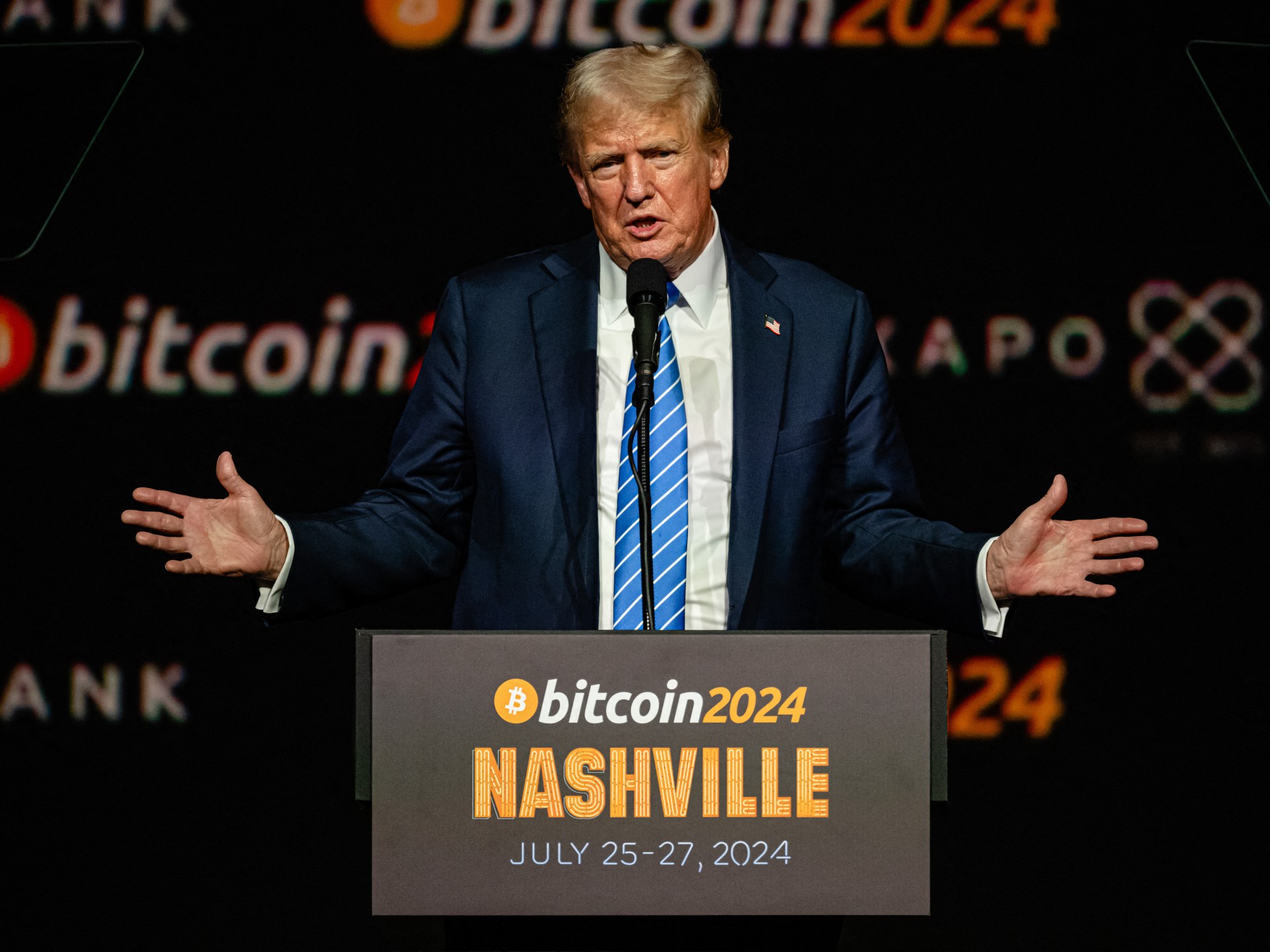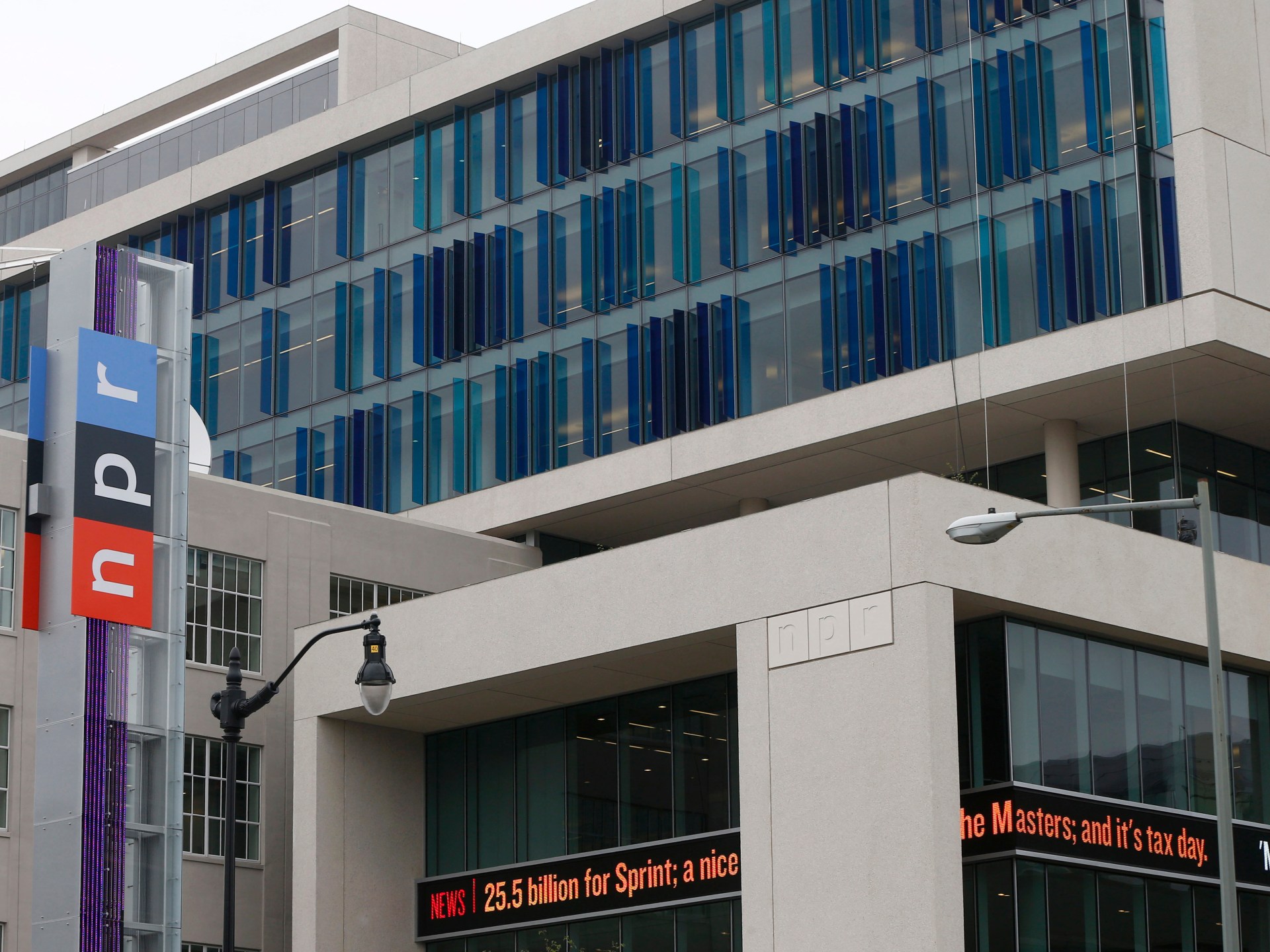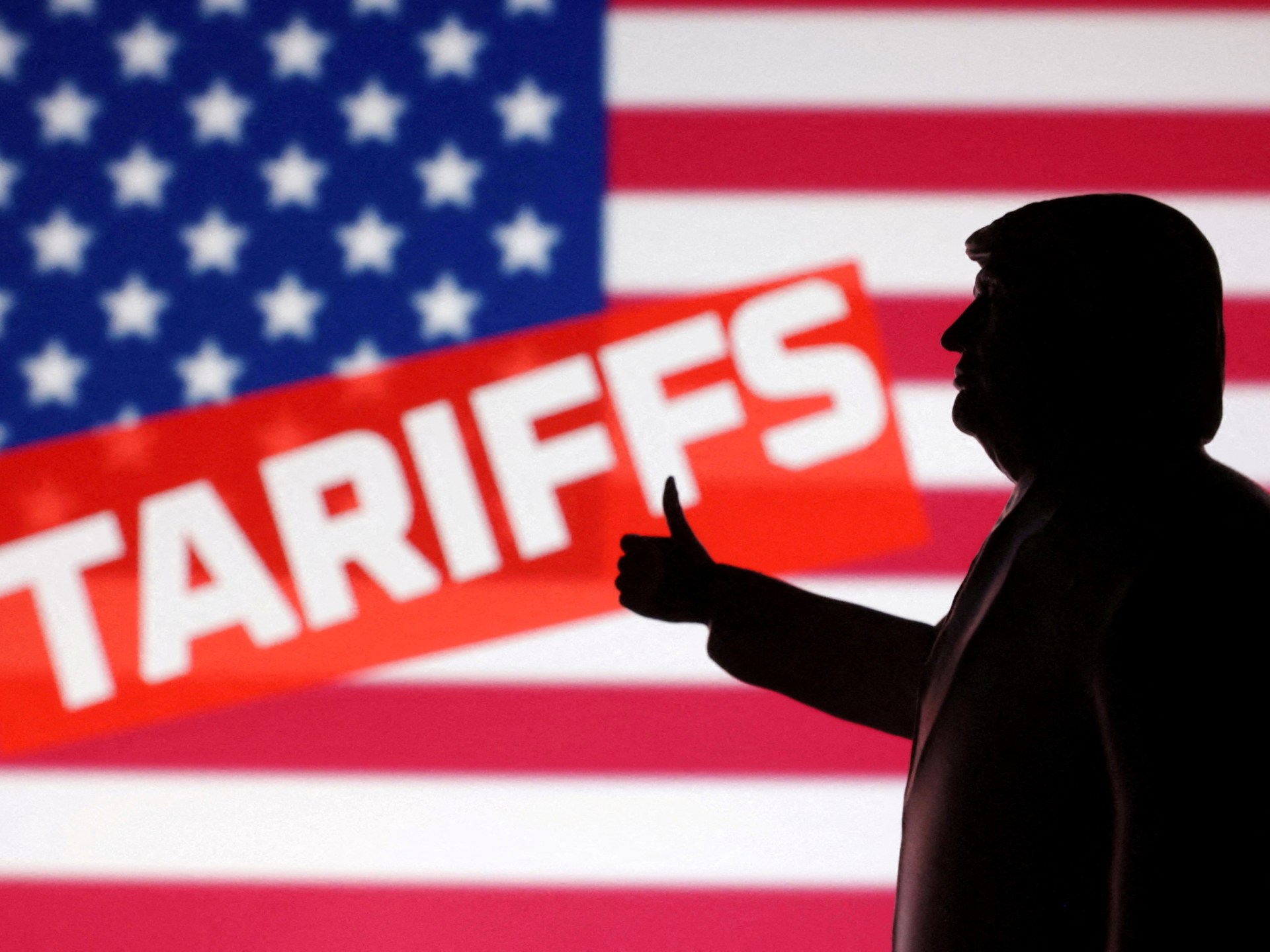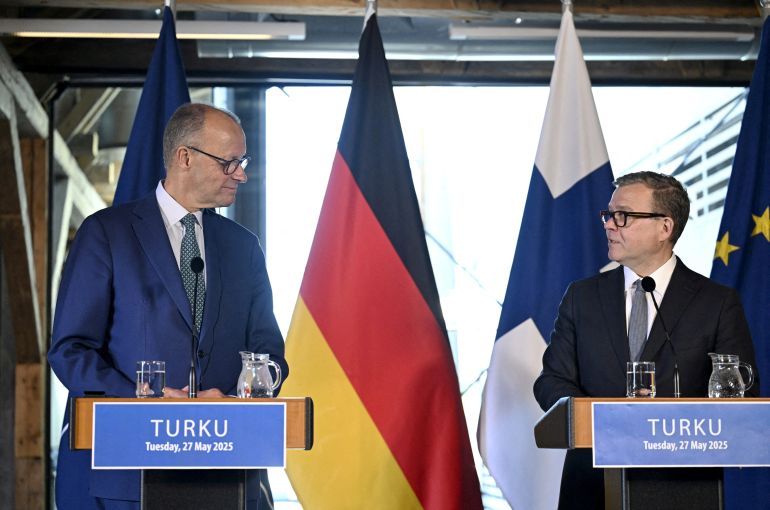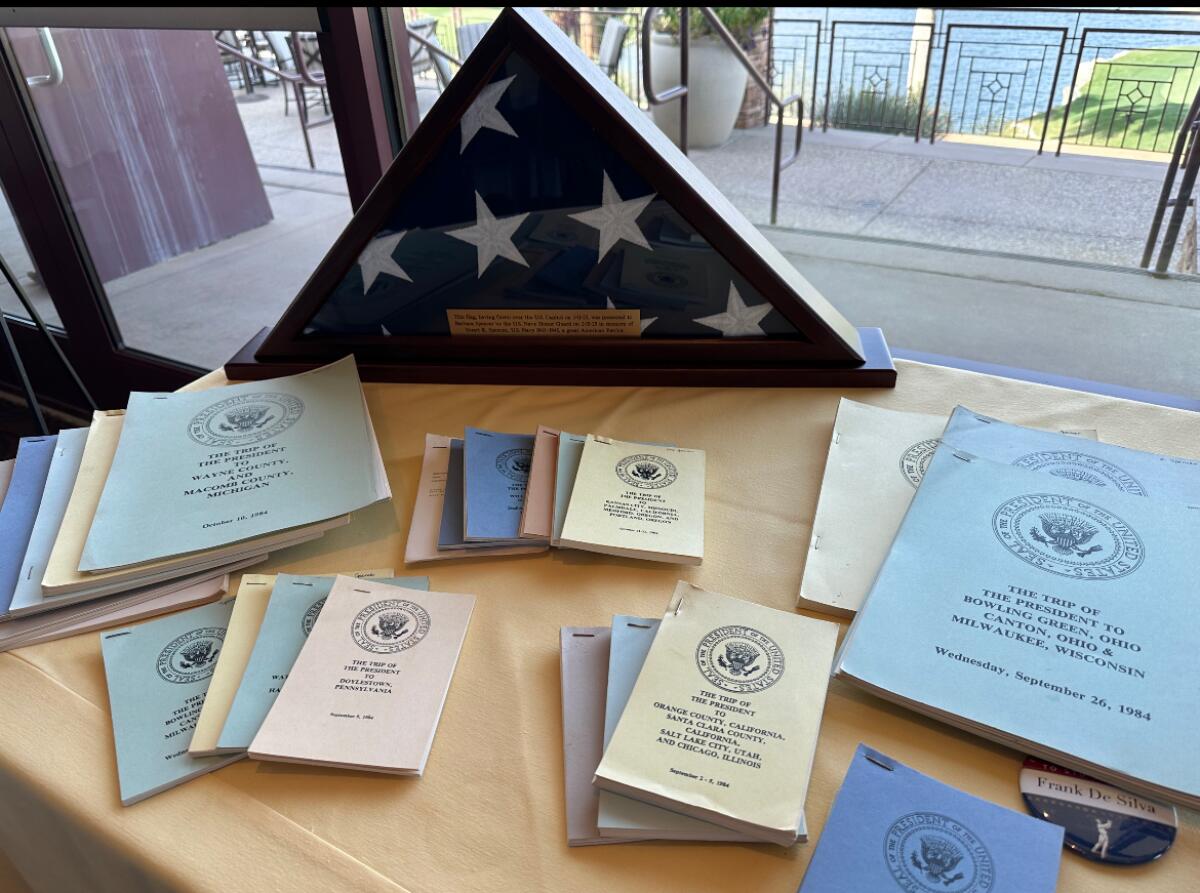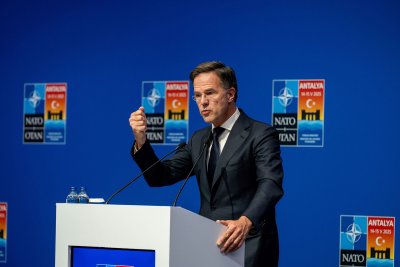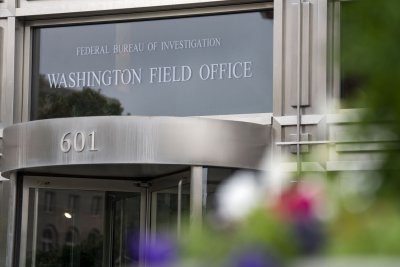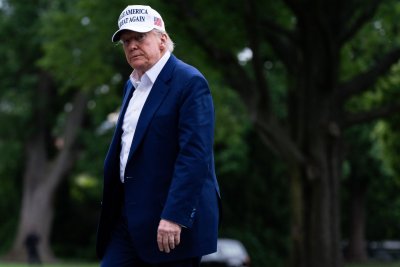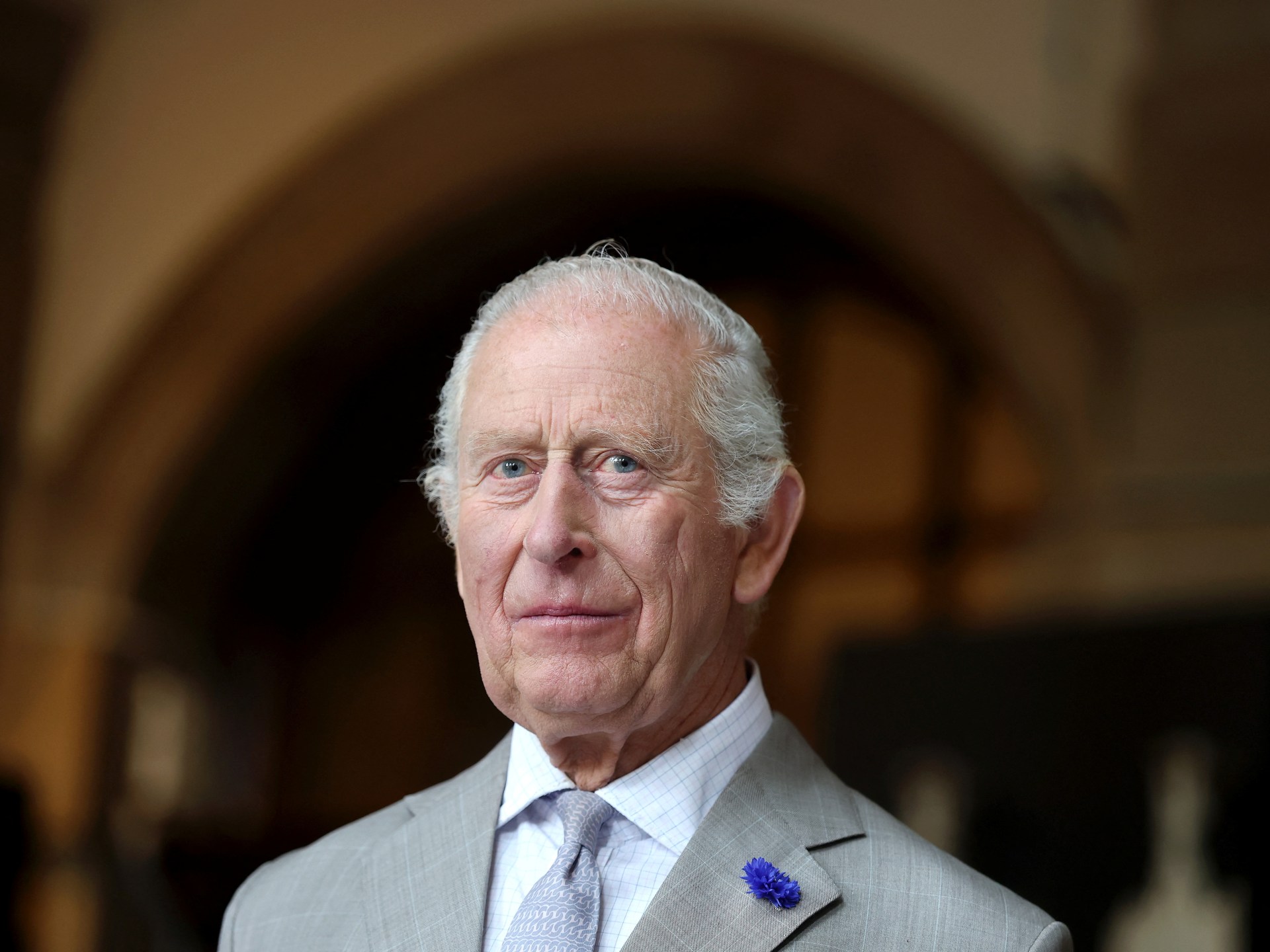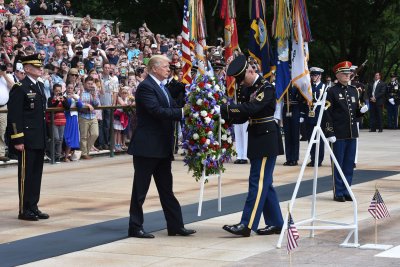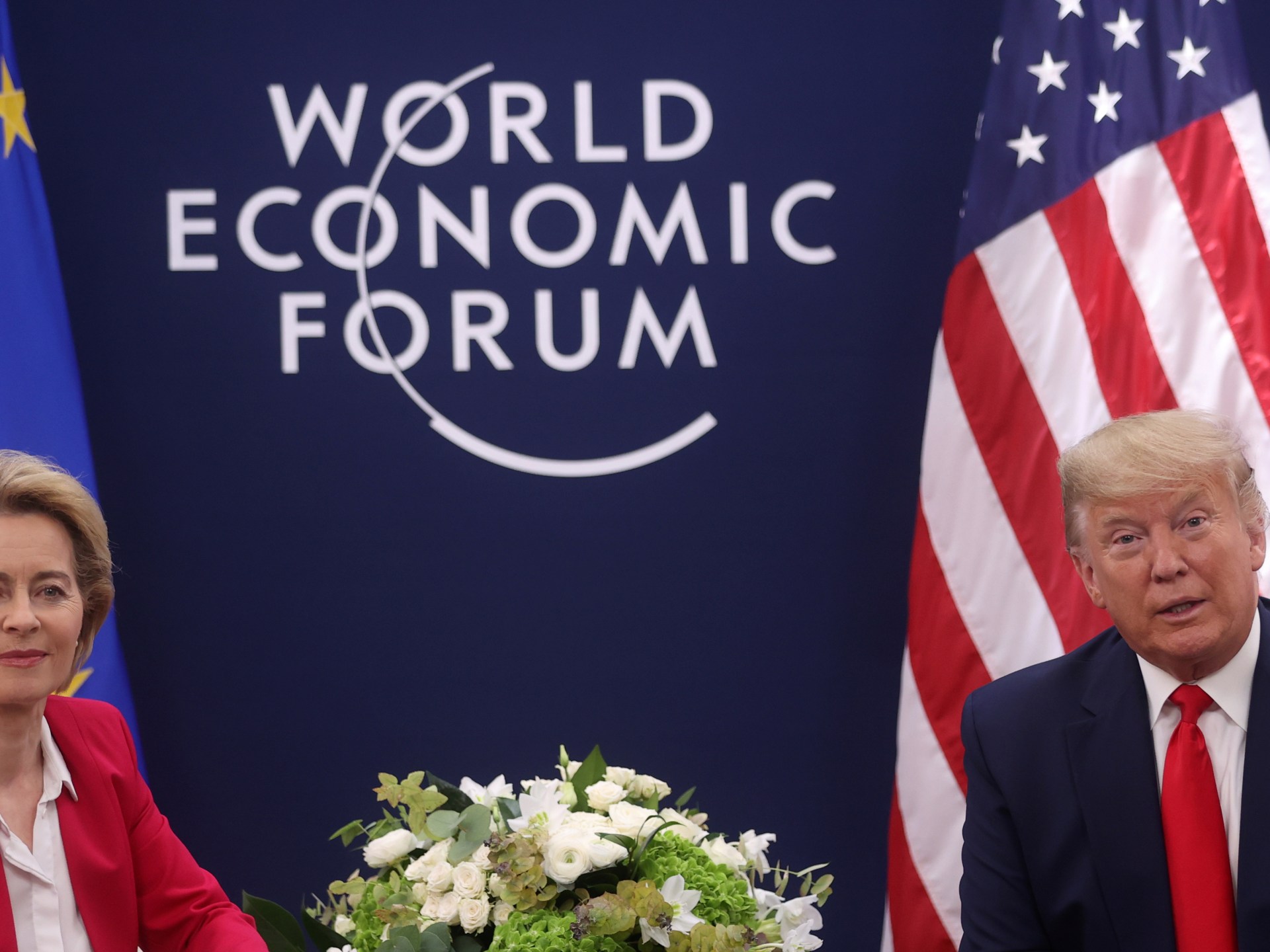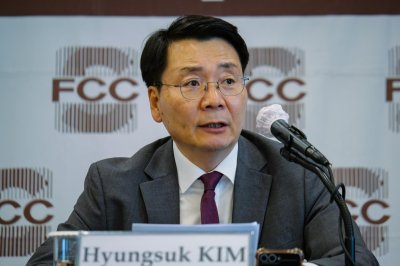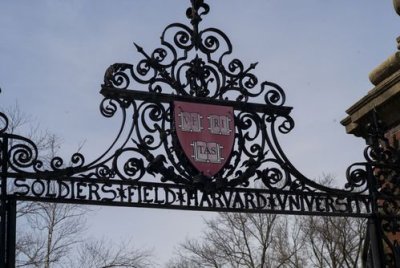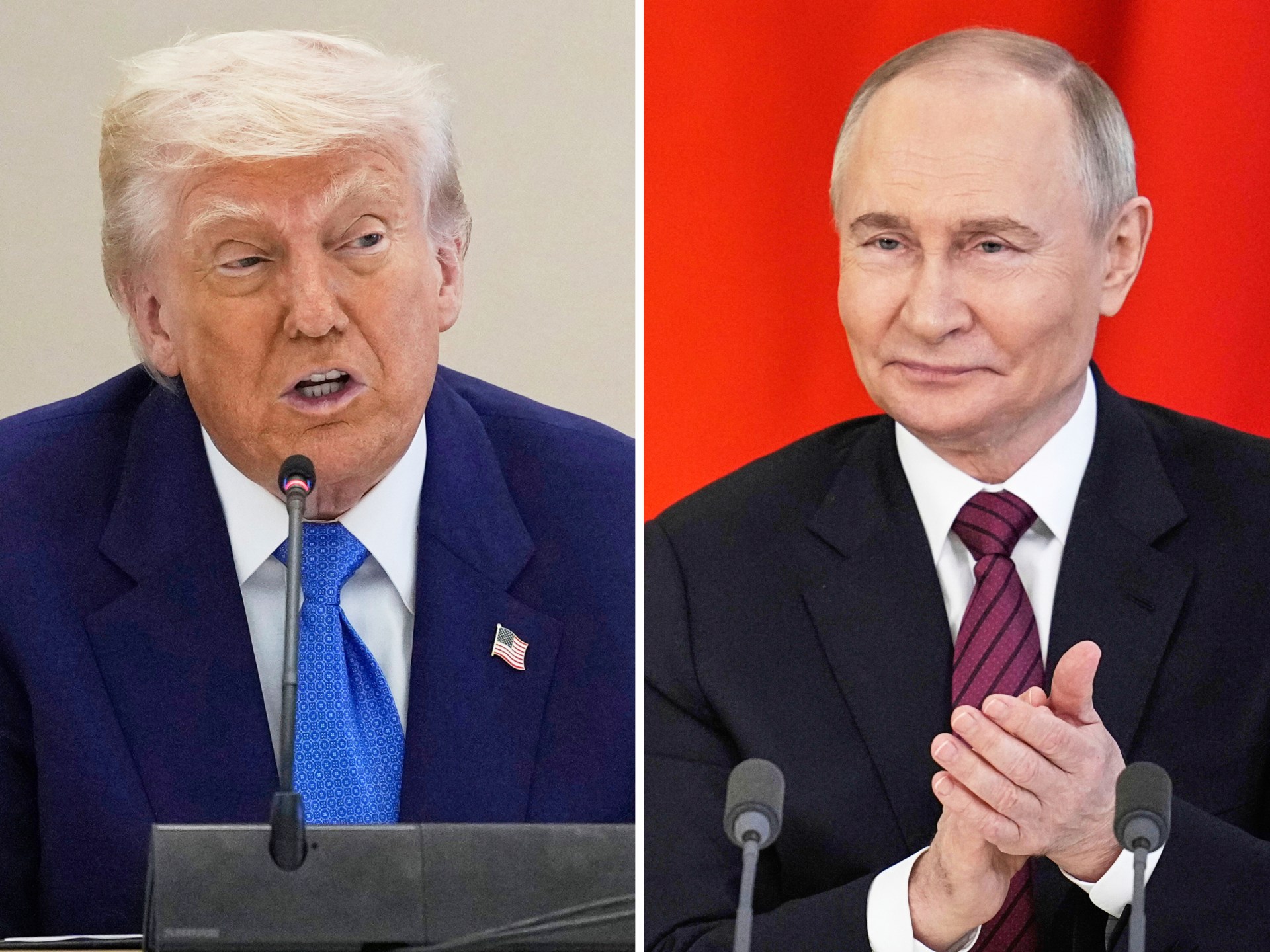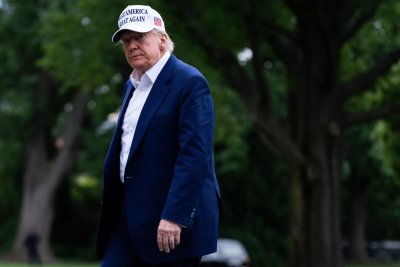US pauses student visa processing amid plans to up social media vetting | Donald Trump News
Latest Trump administration move comes amid a wider pressure campaign against top universities, and targeting of students.
The administration of United States President Donald Trump is temporarily suspending the processing of visas for foreign students, according to an internal memo from Secretary of State Marco Rubio.
The cable, widely reported by US media on Tuesday, ordered embassies and consulates not to allow “any additional student or exchange visa… appointment capacity until further guidance is issued”.
It added that the State Department “plans to issue guidance on expanded social media vetting for all such applications”.
The move is the latest blow to foreign nationals seeking to study in the US, as the Trump administration intensifies pressure on universities and students alike.
The administration last week revoked Harvard University’s approval for enrolling international students, amid a wider standoff over the school’s response to pro-Palestine protests and its diversity programmes. A federal judge has temporarily blocked the move.
The processing pause also comes as Rubio has sought to rescind hundreds of visas for foreign students, citing minor legal infractions or pro-Palestine speech or advocacy.
Speaking on Tuesday, US State Department Spokesperson Tammy Bruce did not directly respond to the cable, but said broadly, “We take very seriously the process of vetting who it is that comes into the country.”
“It’s a goal, as stated by the president and Secretary Rubio, to make sure that people who are here understand what the law is, that they don’t have any criminal intent, that they are going to be contributors to the experience here, however short or long their status,” she said.
Bruce added that those applying for student visas should continue to proceed normally, but should expect higher scrutiny.
“If you’re going to be applying for a visa, follow the normal process, the normal steps, [and] expect to be looked at,” she said.
Rubio’s cable did not give a timeline for the suspension, but told diplomatic staff they should receive guidance in the “coming days”.
Ongoing challenges
The Trump administration’s actions towards higher education have raised thorny constitutional questions about academic freedom and the rights of individuals living in the US on temporary visas.
Last week, Rubio told lawmakers in the US Senate that he had revoked “thousands” of visas since Trump took office on January 20, although a full accounting has not been released.
Rubio has relied on an obscure law that the administration maintains grants broad powers to remove foreigners whose presence in the US they deem to be counter to US foreign policy interests.
Lawyers for several students targeted by Rubio for their pro-Palestine views – including Mahmoud Khalil, Rumeysa Ozturk, Mohsen Mahdawi and Badar Khan Suri – have maintained that their clients’ freedom of speech rights are being trampled.
Meanwhile, Harvard University has also said the Trump administration is violating its rights by cutting funding and revoking its ability to enrol foreign students.
US media also reported on Tuesday that Trump’s administration was expected to soon sever the remaining federal contracts with Harvard, in what would be the latest escalation.
